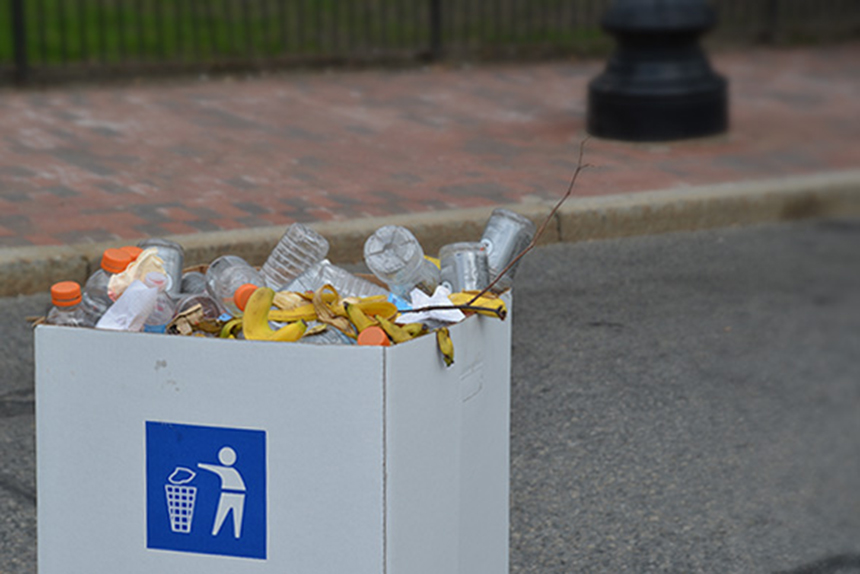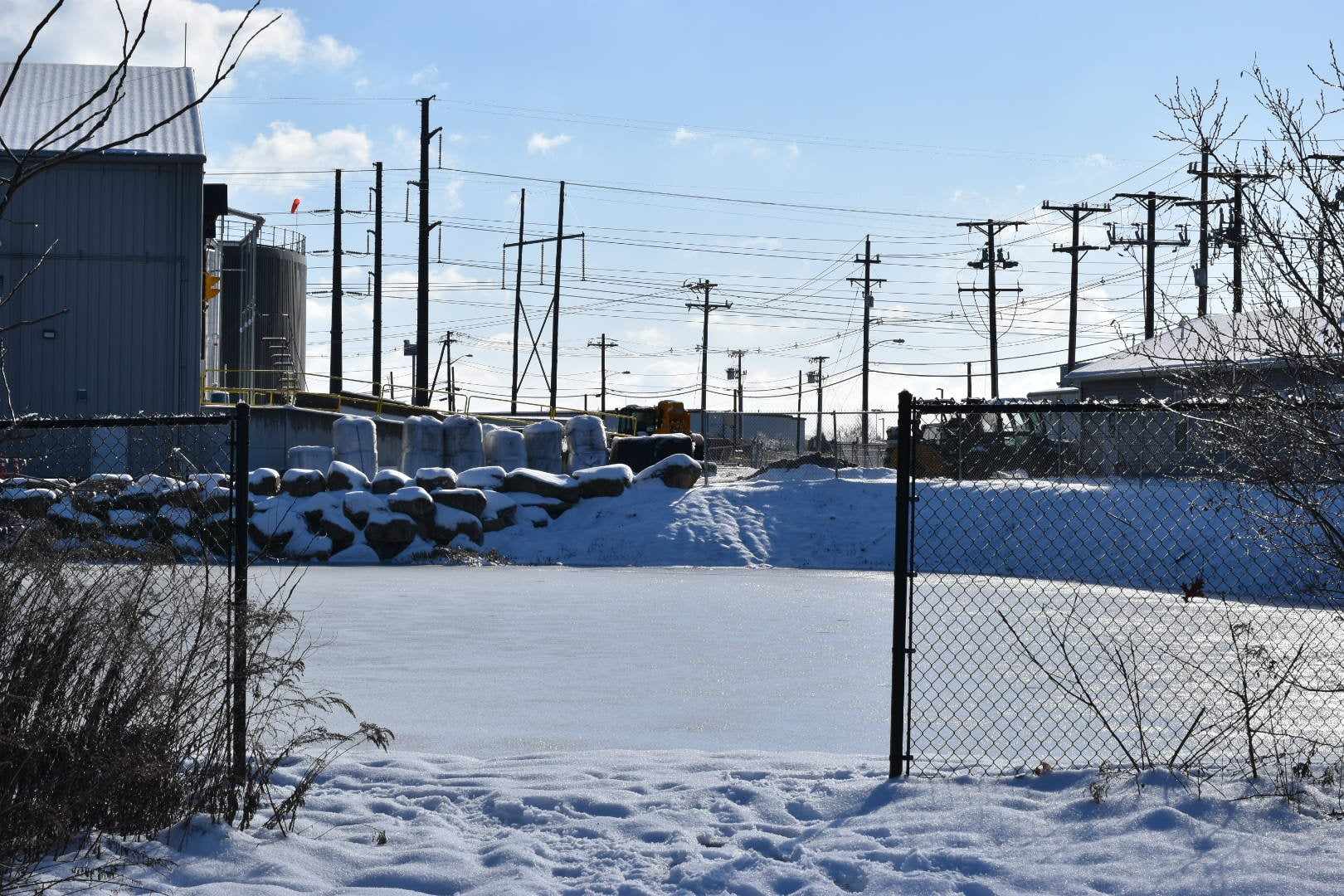Mass. Company Turns Old T-Shirts Into Local Jobs
December 8, 2019
FALL RIVER, Mass. — If your dresser drawers and closets are accumulating T-shirts and sweatshirts that you can’t let go of for sentimental reasons, then Project Repat has a sustainable solution.
The Boston-based company, with a textile operation on Front Street, turns those keepsakes into decorative quilts. These repurposed T-shirt quilts are a low-carbon source of warmth. And much like a scrapbook, they pay tribute to the recent past or glory days with a patchwork of logos and designs.
The process works by shipping T-shirts in a box to Project Repat’s textile partner in Fall River, Precision Sportswear. The logos are cut out as squares, stitched together, and backed with a fleece made out of recycled plastic bottles. For as little as $75, a quilt is shipped back in two to four weeks.
The most environmentally friendly option is for consumers to donate unwanted clothes to friends, family, co-workers, and/or charities. But remaking them into new products at area facilities has environmental and economic benefits.
Used clothes and textiles are a global multibillion-dollar industry fueled by so-called “fast fashion” and clothing-subscription services. These businesses encourage the production of low-quality, high-polluting, and disposable textiles.
Americans buy about 65 garments per person annually, according to the American Apparel & Footwear Association. On the back end, each person creates 82 pounds of unwanted textiles annually, according to the Environmental Protection Agency. The big question is what happens to these unwanted items when they are given away. Even with a large network of donation agencies such as the Salvation Army and Goodwill, only a fraction are worn again.
Some are down-cycled domestically as rags or reprocessed into carpet padding and insulation. Most are bailed and shipped to countries such as Kenya or Pakistan, where they might be resold or simply thrown away or burned. In all, about 85 percent of textiles eventually end up in landfills or incinerators.
Project Repat co-founder Ross Lohr saw the economic and environmental pitfalls of the clothing-donation network firsthand while doing nonprofit education work in Nairobi, the capital of Kenya. Back in the United States, he found an opportunity to keep unwanted apparel at home while creating textile jobs.
In every step of the process, Project Repat incorporates the circular economy. Scraps from quilt-making are shipped elsewhere in the United States to make car mats and wrestling mats. Next year, the company plans to turn clothing scraps into a new line of hats, mittens, and socks.
“All textiles are 100 percent recyclable,” Lohr said. “Nothing ends up in the landfill, which is the most important part.”
Rather than shipping the materials and end products around the globe, Project Repat products are made and shipped from factories in Austin, Texas, Valdese, N.C., and Fall River, a former hub of America’s textile boon.
The textile jobs the company is creating are local, and employees are paid living wages with full benefits, paid vacation, and holidays, according to Lohr.
The company has experimented with sustainable packaging and hopes to soon use compostable packaging. But Lohr noted that any environmental solutions have to work economically.
“There is money to be made off anything, the question is how much,” he said.
Growth has been impressive. Project Repat expects to sell about 120,000 quilts this year for $12 million in sales.
Lohr noted that recycling businesses like Project Repat are a good solution, but he said there ultimately needs to be reform in global textile production. Shipping is fuel intensive and manufacturing generates 1.7 billion tons of carbon dioxide annually. The sourcing of raw materials relies on pesticides. Dying and manufacturing occurs in regions with poor environmental oversight.
According to the National Resources Defense Council, textile mills use some 20,000 chemicals and generate 20 percent of the world’s industrial water pollution. Chinese textile factories produce about 3 billion tons of soot, according to the New York City-based environmental advocacy group.
According to the World Wildlife Fund, 5,280 gallons of water are needed to manufacture a pair of jeans and one T-shirt.
“We are just flooding the world with cheap T-shirts without thinking of how they are made,” Lohr said. “I think it’s really important to close the loop on textiles.”




This is a really good start – we need much more like this. I’ve been shocked to walk the shores of West Africa and see how many textiles are washed up there. Turns out that donated clothing that doesn’t sell at Savers, Goodwill, and other outlets gets bundled into bales and shipped across the pond. Traders buy the bales, break them in categories (pants, tee shirts, etc.), and sell them in the markets. But not everything sells. Stuff that doesn’t sell is tossed into the ocean, only to wash up a few miles down the coast. That’s a disastrous cycle, symptomatic of the "out of sight, out of mind" mindset that is a big factor in the failures in our well-meant reduce-reuse-recycle systems. Public education is essential, and this kind of innovative thinking is a real step in the right direction. Many, many more steps like this are needed.